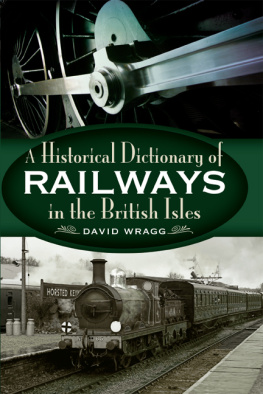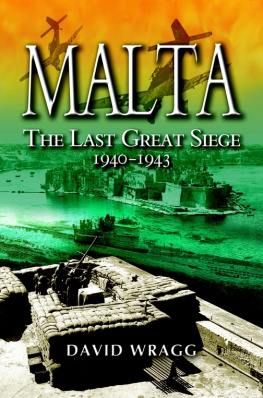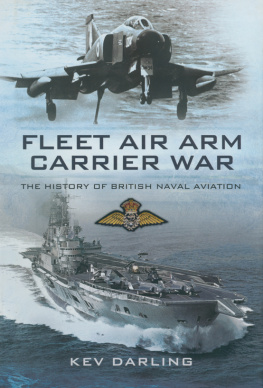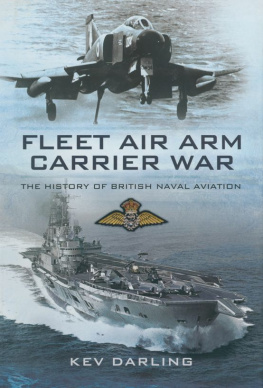All suitable for a single aircraft.
ADDER : Patrol ahead of convoy at distance of eight to twelve miles, with the length of patrol thirty miles, that is, fifteen miles on either side of the centre line.
ALLIGATOR ... port or starboard : Patrol on side indicated at distance of ten miles from the convoy along a line parallel to the convoys course. The length of patrol would be twenty miles, that is ten miles ahead and astern of the aircrafts position on the convoys beam.
COBRA Y : Patrol around convoy at a distance of Y miles, with Y being the distance from the convoy so that the instruction Cobra 12, would mean patrol at a distance of twelve miles.
CROCODILE Y : Patrol ahead of convoy from beam to beam at radius Y miles, in effect a half COBRA . This was popular with fast convoys since they had little to fear from a U-boat sneaking up from astern.
FROG Y : Patrol astern of convoy at distance of Y miles. Length of patrol would be two Y miles, that is Y miles on either side of the centre line. This was to stop U-boats trailing the convoy, often shortly before dusk. It was also essential prior to any change of course so that the U-boat commander would keep his craft submerged and not realize that the change had taken place until it was too late.
VIPER : Patrol around convoy at distance of visibility.
X PYTHON Y : Given when a submarine had been spotted, so that the aircraft would patrol on bearing X at a distance of Y miles, and would carry out a square search around the indicated position for twenty minutes.
X LIZARD Y : Search sector bearing X to a depth of Y miles.
X MAMBA : Search along bearing X to a depth of thirty miles and return.
Appendix II
MERCHANT AIRCRAFT CARRIERS MAC-SHIPS
Two main types: Modified tankers with flight deck only, while grain carriers provided a limited small hangar with hoist rather than lift. Tanker-MAC ships carried 80 per cent of their original cargo, with the remainder AVGAS for the aircraft, usually three Swordfish. Ships retained their merchant designation of MV, motor ship.
Acavus converted October, 1943. Anglo-Saxon Petroleum Co.
Similar: Adula modified February, 1944, sister of above.
Amastra modified September 1943.
Ancylus modified October 1943.
Empire MacAlpine modified grain ship, April 1943, and able to carry four Swordfish using small hangar below decks.
Similar: Empire MacAndrew modified July 1943.
Empire MacCallum modified December 1943.
Empire MacCabe modified tanker, December 1943.
Empire MacColl modified tanker, May 1943.
Empire MacDermott modified grain ship, March 1944.
Empire MacKay modified tanker, October 1943.
Empire MacKendrick modified grain ship, December 1943.
Empire MacMahon modified tanker December 1943.
Empire MacRae modified grain ship, September 1943.
Gadila modified tanker, March 1944.
Macoma modified tanker, May 1944.
Miralda modified tanker, January 1944.
Rapana first modified tanker, July 1943.
Appendix III
ROYAL NAVY ESCORT CARRIERS
Notes: All ships were prefixed HMS, His Majestys Ship. Pennant numbers are shown in bold type. Unless otherwise stated, all references to beam apply to flight deck, but unlike purpose-designed aircraft carriers, the beam varied relatively little between hull and flight deck on these ships.
Activity , D94: Laid down at Caledon Shipyard, Dundee, Scotland as refrigerated cargo vessel Telemachus for Ocean Steamship, but converted on slipway. Commissioned 29 September 1942. Displacement: 11,800 tons standard, 14,529 tons deep load. LOA: 512 feet; beam: 66 feet. Armament: 1 twin 4-in; 6 twin 20-mm Oerlikon, 8 single 20-mm Oerlikon. Machinery: Twin diesel engines driving two shafts. Speed 18 knots. Complement: 700; aircraft: 10. Short hangar 100 feet long, single lift aft, arrester gear but no catapult.
Ameer , D01: lead ship of the class, although sometimes referred to as the Ruler-class. Similar in design, but larger, to the Avenger-class and US Bogue-class, these were built as carriers rather than converted, although still using merchantman hulls, and all were built by Seattle-Tacoma, although completion was sometimes by other yards. Originally laid down as USS Baffins , AVG-34, but transferred to the Royal Navy under Lend-Lease and commissioned on 20 July 1943. Intended as a strike and anti-submarine sweep carrier. Displacement, 11,400 tons standard, 15,400 tons deep load. LOA: 494.75 feet; beam: 88 feet. Armament varied according to role, but generally included: 2 5-in; 8 twin 40-mm Bofors, 20 20-mm Oerlikon. Complement:646; Aircraft: 20; arrester gear aft and hangar with two lifts, with single accelerator on port side forward capable of handling heavier aircraft. Machinery: boilers and turbines driving a single shaft. Speed: 18 knots. Returned to US Navy on 17 January 1946 and converted to merchantman Robin Kirk .
Arbiter , D31: Ameer-class mainly used for aircraft trials and then as an aircraft transport in which role she could carry up to ninety aircraft. Originally intended to be St Simon , AVG-51, she was commissioned by the Royal Navy on 31 December 1943. Returned to the US Navy 3 March 1946 and converted to merchantman Coracero .
Archer , D78: Laid down as a US merchant vessel, Mormcamacland , using a standard C3 hull, converted at Newport News with a wooden planked flight deck and a small starboard side island for navigation and air control, but no smokestack as exhaust fumes discharged horizontally. Originally intended to enter US service as BAVG-1, but diverted to UK under Lend-Lease. Commissioned 17 November 1941, but suffered considerable technical problems that delayed entry into service. Displacement, 10,220 tons standard, 12,860 tons deep load. LOA: 492 feet; beam: 70 feet. Armament: 3 4-in; 6 20-mm twin Oerlikon; 7 20-mm single Oerlikon. Machinery: Diesel engine driving a single shaft. Speed: 16.5 knots. Complement: 550, aircraft 12 15. Quarter length hangar with single lift aft, arrester gear aft and a single hydraulic accelerator. Laid up as stores ship August 1943, decommissioned March 1945 and returned to US January 1946. Reconverted to merchant vessel as Empire Lagan .
Atheling , D51: Ameer-class escort carrier originally intended to be Glacier , AVG-33, but transferred to Royal Navy, commissioned on 1 August 1943. Returned to US Navy on 13 December 1946 and converted to merchantman Roma .
Attacker , D02: Known in the US Navy as the Bogue-class, but lead ship for Royal Navy class. Laid down as merchant vessel Steel Artisan , but renamed Barnes AVG-7 for the US Navy, then transferred under Lend-Lease to the Royal Navy. Built by Western Pipe & Steel in San Francisco. Commissioned 10 October 1942. Displacement, 10,200 tons standard, 14,400 tons deep load. LOA: 465 feet; beam: 82 feet. Armament: 2 4-in; 4 twin 40-mm Bofors; 4 twin 20-mm Oerlikon; 4 20-mm Oerlikon. Machinery: boilers and geared turbines. Speed: 18.5 knots. Complement: 646; Aircraft: 20; Arrester wires aft; 2 lifts; single hydraulic accelerator forward. Returned to US Navy, January 1946 and re-converted as Castel Forte .


















